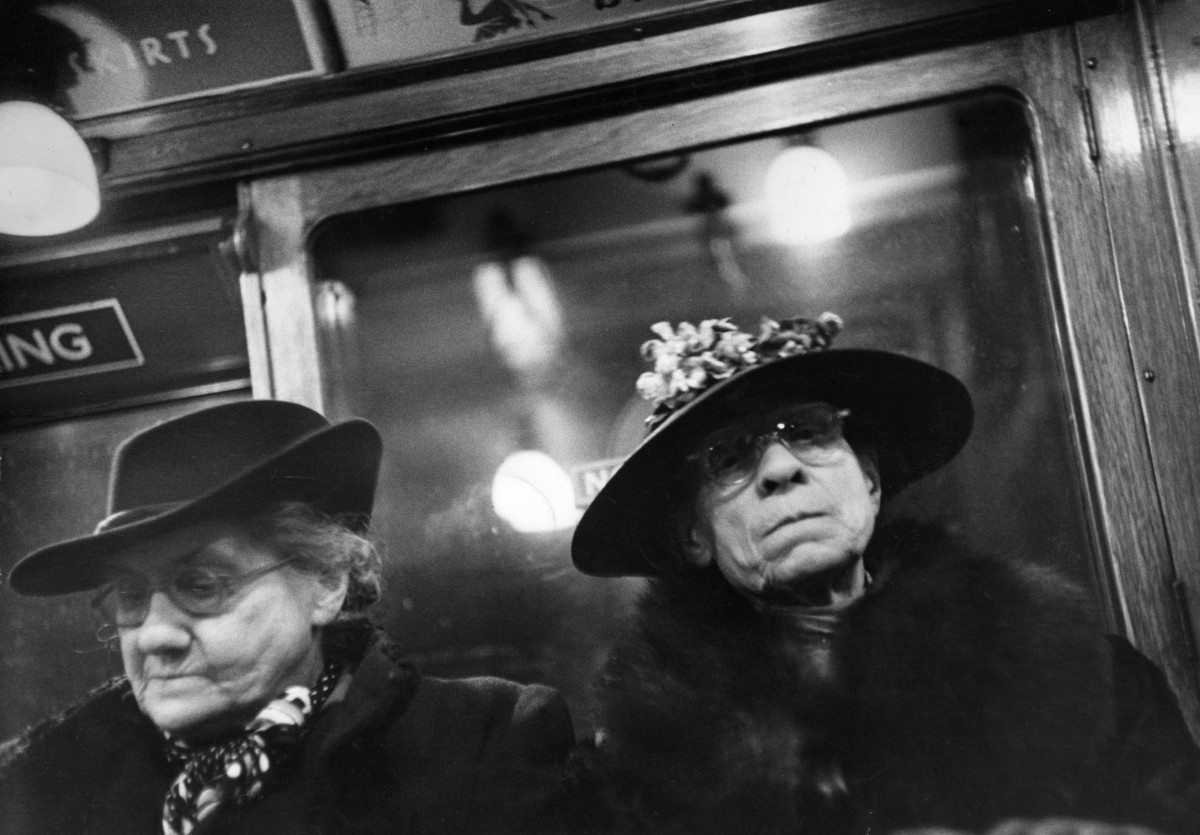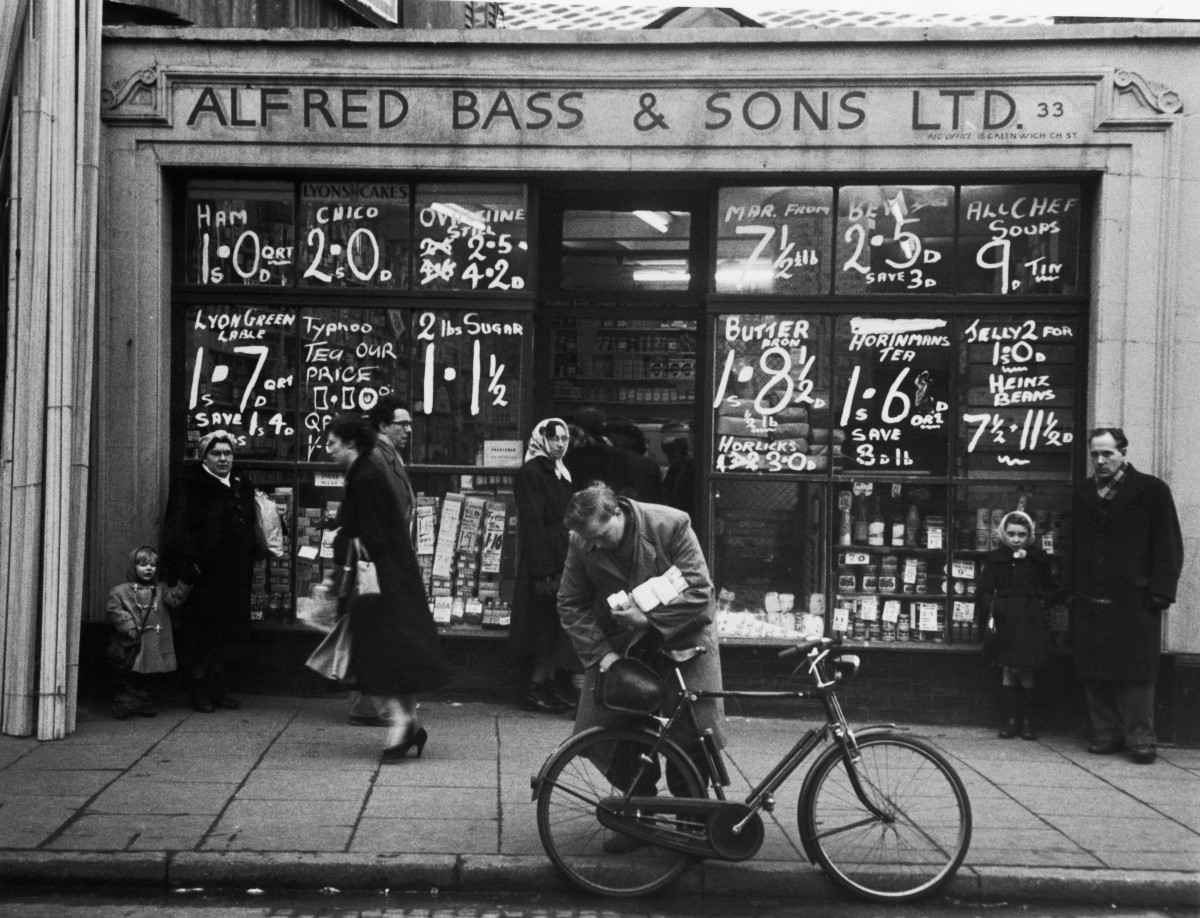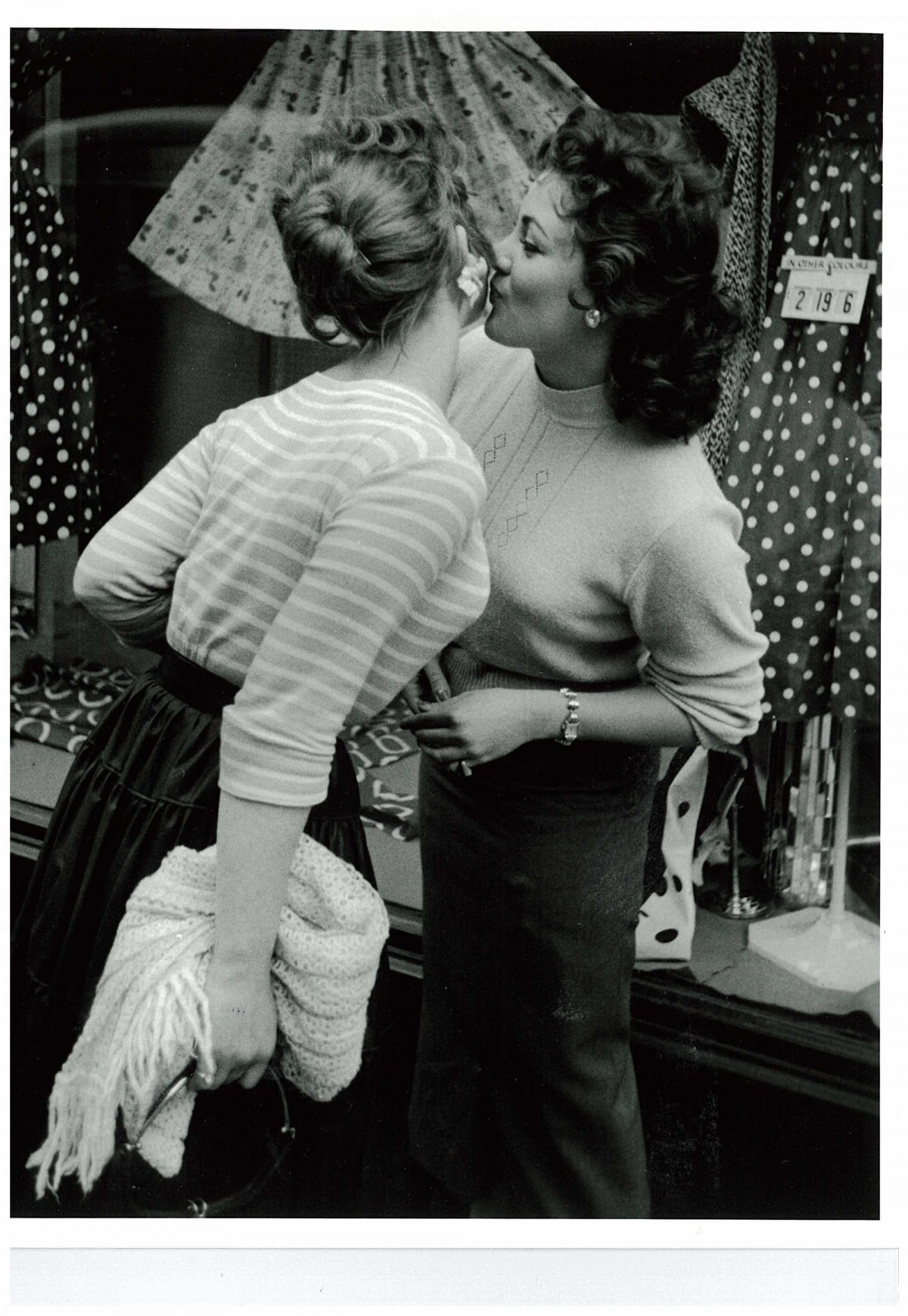Last October was the 75th anniversary of the launch of Picture Post yet you would be forgiven for not having noticed.
A book of Bert Hardy’s work was published (Bert Hardy’s Britain, The Bluecoat Press) and we also published the first ever monograph of John Chillingworth. But where were the exhibitions, where was the TV and magazine coverage?
Once read by close to half the UK population the magazine’s circulation reached a staggering 1.7 million copies within weeks of its launch. Its photojournalists pioneered new forms of the photo-essay under the inspired editorship of Stefan Lorrant and later Tom Hopkinson. Editorially Picture Post was liberal, anti-fascist and unapologetically populist. Whilst it included light-hearted and humorous stories it also brought to public attention major social issues, both domestic and international, from photo essays about poverty, unemployment and slum housing through to the persecution of the Jews in Nazi Germany.
It was this social conscience that was to eventually lead to the demise of the magazine. In 1950 Bert Hardy and journalist James Cameron were sent to cover the conflict in Korea. Both the resultant photographs and the text were highly critical of the United Nations and, in particular, the treatment of South Korean political prisoners. The Editor, Tom Hopkinson, was twice stopped from publishing the story by owner and Conservative supporter, Edward Hulton, who at the time was being considered for a knighthood and was concerned that publication of the story might impact on this. The end result was that Hopkinson was sacked.
Over the next few years the direction of the magazine shifted. It retained a social voice but this was increasingly muted. The magazine moved towards the gloss of glamour and celebrity, and advertising began to dominate its pages. Whilst the magazine was able to keep afloat for another seven years it became increasingly under pressure as its previously loyal readership began to steadily melt away. In June 1957 the magazine finally closed its doors.
It’s fascinating to view this steady decline in the context of magazines today. It has come to sound familiar to us all. Over the last few decades our print media has shifted massively in terms of content. Celebrity rules the day. It would perhaps be comforting, though a little overly optimistic, to hope that in time the loyalty of today’s audiences will respond in similar vein and the hysteria of the C list celebrity will disappear from view.
But what about the Picture Post photographers?
Whilst we celebrate our heritage in almost every other art form, we seem remarkably adept at ignoring it when it comes to photography and, in particular, photojournalism. Our museums and art galleries are full of visitors. Hordes of tourists traipse through our country houses, yet we largely ignore the richness that can be found in the photojournalism of the middle years of the 20th century.
In France photojournalists, such as Robert Doisneau and Willy Ronis amongst others, are lauded. Their work is exhibited in major gallery shows and regularly published in book form, in an approach that evidences a seriousness of intent sadly lacking in the UK.
The Picture Post photographers were, of course, jobbing photographers tasked with providing images to fill the pages of a weekly magazine. Alongside the sobering social issues that they covered they were also required to add the glamour of celebrity or political portraiture. And this is part of the problem – their bodies of work are largely unedited and many of the images that feature within existing stock agencies are standard portraits of politicians or celebrities of the time. Much of the work also remains buried deep in archives. It is estimated that of the more than 9,000 photostories commissioned for the magazine only 2,000 or so were ever published.
Bert Hardy remains probably the only Picture Post photographer whose work is reasonably widely known, and then only in the UK. Yet when his work is published it is projected primarily in terms of its social history. I can not remember any significant exhibition of his work in the last thirty years.
Kurt Hutton (Kurt Huebschmann) and Felix H. Man (Hans Bauman) are also worthy of particular mention. Both immigrants, they dominated the early years of the magazine and were influential pioneers in British photojournalism. Whilst they were both German born, their major work was undertaken here in the UK. Their names seem now largely forgotten, their work rarely seen.
The list of other forgotten and ignored Picture Post photographers seems endless; Thurston Hopkins, John Chillingworth, Haywood Magee, Leonard McCombe, Grace Robertson, Gerti Deutsch, Charles Hewitt, Joseph McKeown and Alex Dellow to name just a few.
If the names mean nothing to you then search them out. They have much to reward you with.




